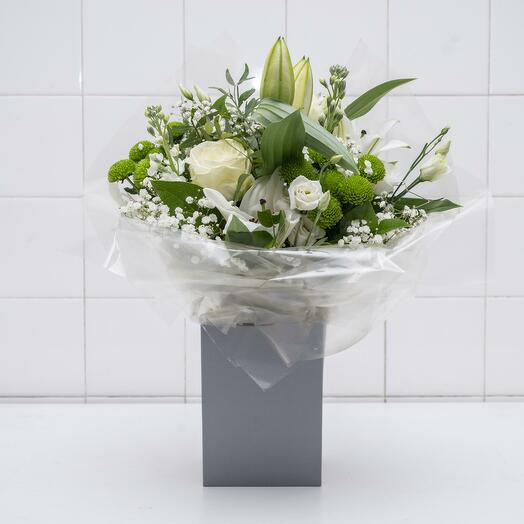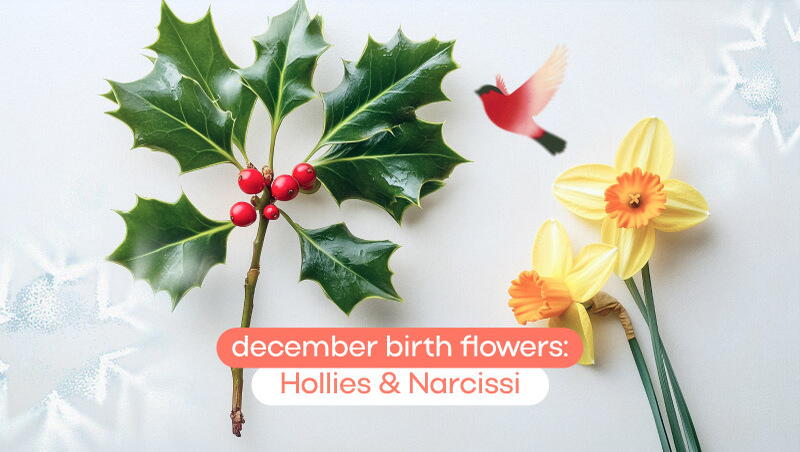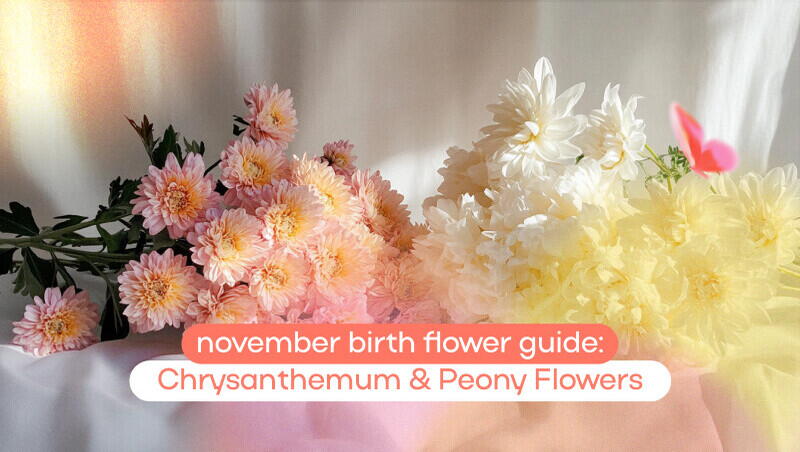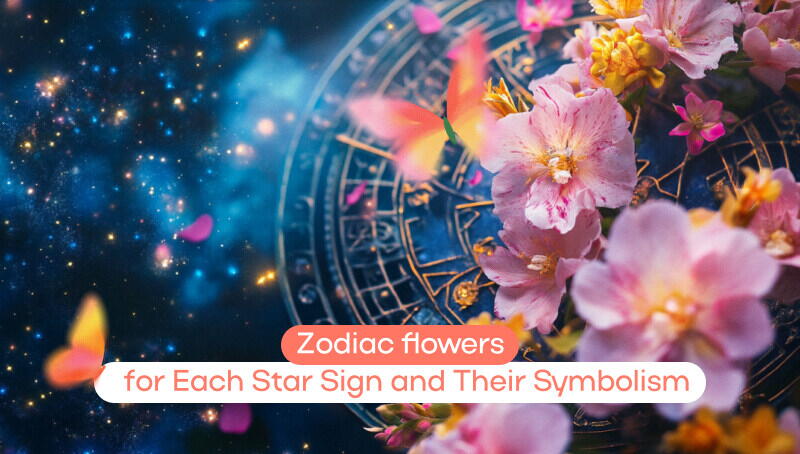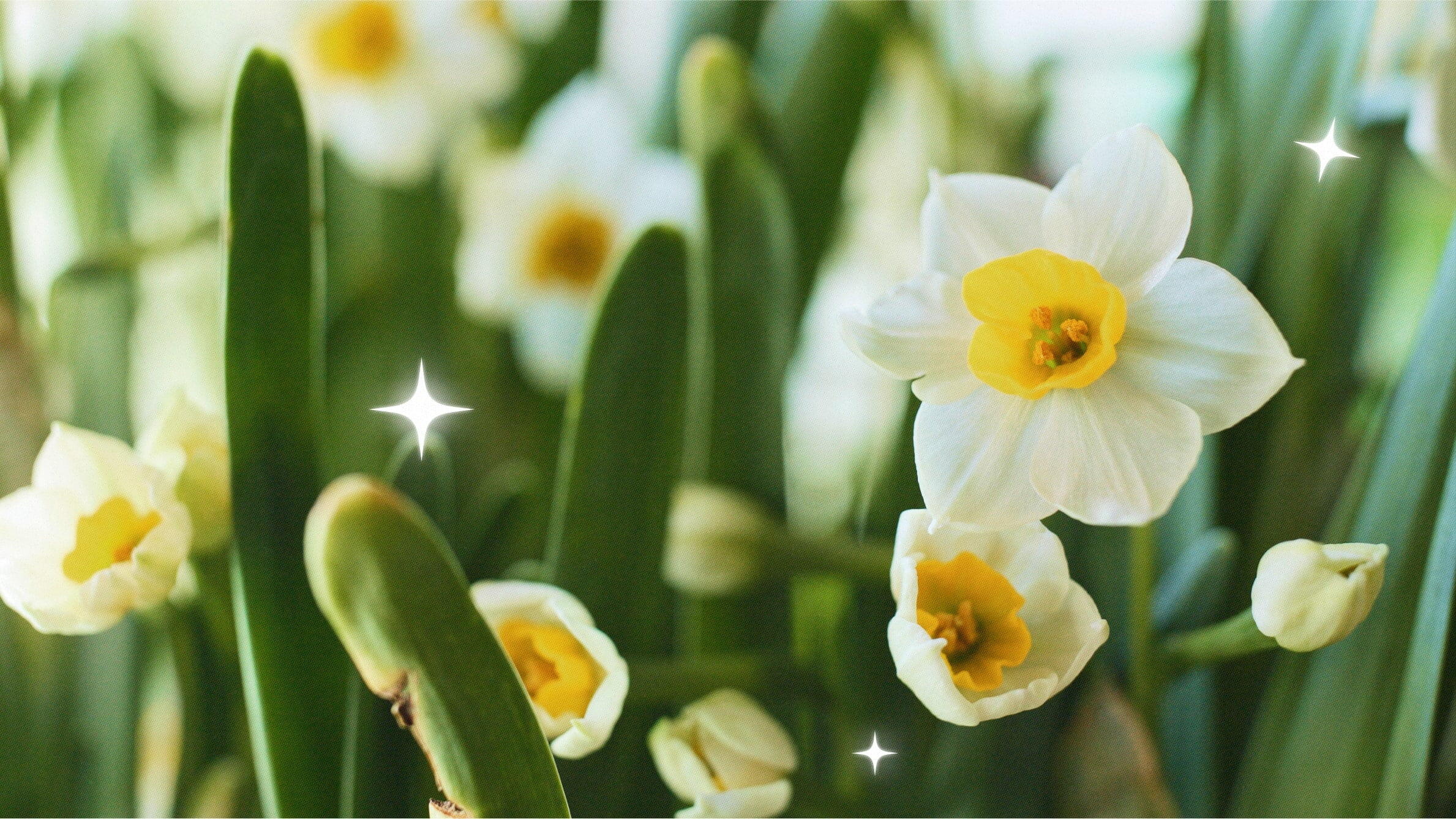
The narcissus, boasting a bloom of unmistakable shape, enchants the beholder with a subtle grace that heralds the spring’s arrival. These charming flowers, characterised by a pleasant aroma and simple elegance, occupy a special place in the preferences of many, adorning gardens and interiors while also making a welcomed gift. What is the meaning of narcissus? How does it change based on the colour of the bloom? How is the meaning of the narcissus flower perceived in various cultures worldwide? Explore these inquiries in our article, uncovering intriguing facts about these alluring plants. Let’s start!

The history of the narcissus
Originating from the picturesque landscapes of Southern Europe and North Africa, the narcissus exhibits a rich diversity primarily concentrated in Iberia. The plant was recognised by the ancient Romans and Greeks, with mentions of it appearing in the writings of classic authors such as Theophrastus, Dioscorides, and Pliny the Elder. Narcissus cultivation has a long history, reaching back to antiquity; it gained heightened popularity in Europe during the 16th century and onwards. Narcissus jonquilla, also referred to as jonquil or rush daffodil, Narcissus poeticus, known as poet's narcissus, Narcissus papyraceus, commonly called paperwhite, and Narcissus pseudonarcissus, also recognised as wild daffodil, stand out as the most prominent species within the Narcissus genus.
The legend of Narcissus meaning
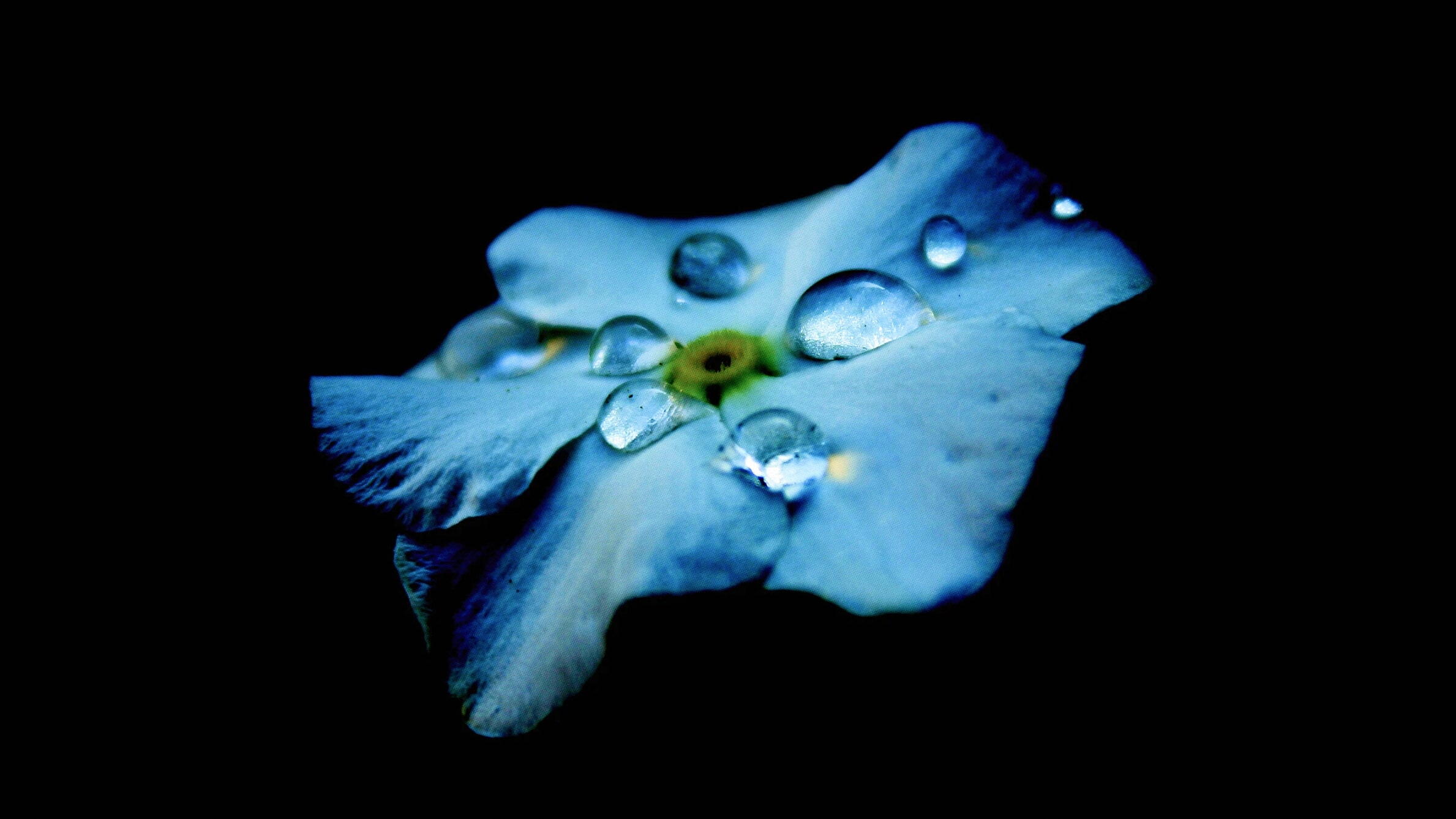
In Greek mythology, Narcissus stood out as an exceptionally attractive young man, captivating the admiration of those who encountered him with his unparalleled beauty. However, he spurned the feelings of many admirers with disdain. According to a variation of the Narcissus myth, Echo, a mountain nymph, fell under the spell of his extraordinary beauty; despite her sincere affection, Narcissus, characterised by his cold and haughty demeanour, callously rejected her love. The spurned nymph implored the gods to punish the youth, and her plea was heeded.
While hunting, Narcissus chanced upon his reflection in crystal-clear water, becoming mesmerised by the beauty he beheld. This love intensified to such an extent that the youth discovered he couldn't escape the irresistible pull of his own image, ultimately succumbing to hunger and anguish. The place of his demise gave rise to an elegant flower, marking the poignant end of Narcissus.
The Narcissus story's meaning lies in its profound exploration of the pitfalls of excessive self-admiration and vanity, offering a cautionary message about the perils of unbridled pride and the isolating nature of narcissism — a personality trait or a psychological disorder characterised by an excessive interest in oneself, one's physical appearance, abilities, and personal achievements.
Spiritual meaning of narcissus
From a spiritual standpoint, this bloom serves as a symbol, gently nudging us to contemplate life's cyclical nature, the wonder of metamorphosis, and the significance of maintaining equilibrium in self-love. It subtly suggests the notion of transcending egoic tendencies, steering us toward a path of spiritual evolution and enlightenment. In this context, the narcissus becomes a tangible reminder to foster modesty and align with a deeper, more authentic sense of self.

What does the narcissus flower symbolise?
The narcissus, which typically blooms in February, signalling the onset of spring, embodies the spirit of rebirth and transformation. Frequently linked with concepts like fresh beginnings, rejuvenation, and the inevitable flow of time, the flower carries varied cultural importance, symbolising hope, prosperity, and joy across different nations.
The narcissus flower colour meaning enhances and complements the rich symbolism of this enchanting bloom. Let's explore the diverse shades of the narcissus to unveil additional dimensions of its symbolic significance.
Narcissus flower colour meaning
White narcissus flower meaning
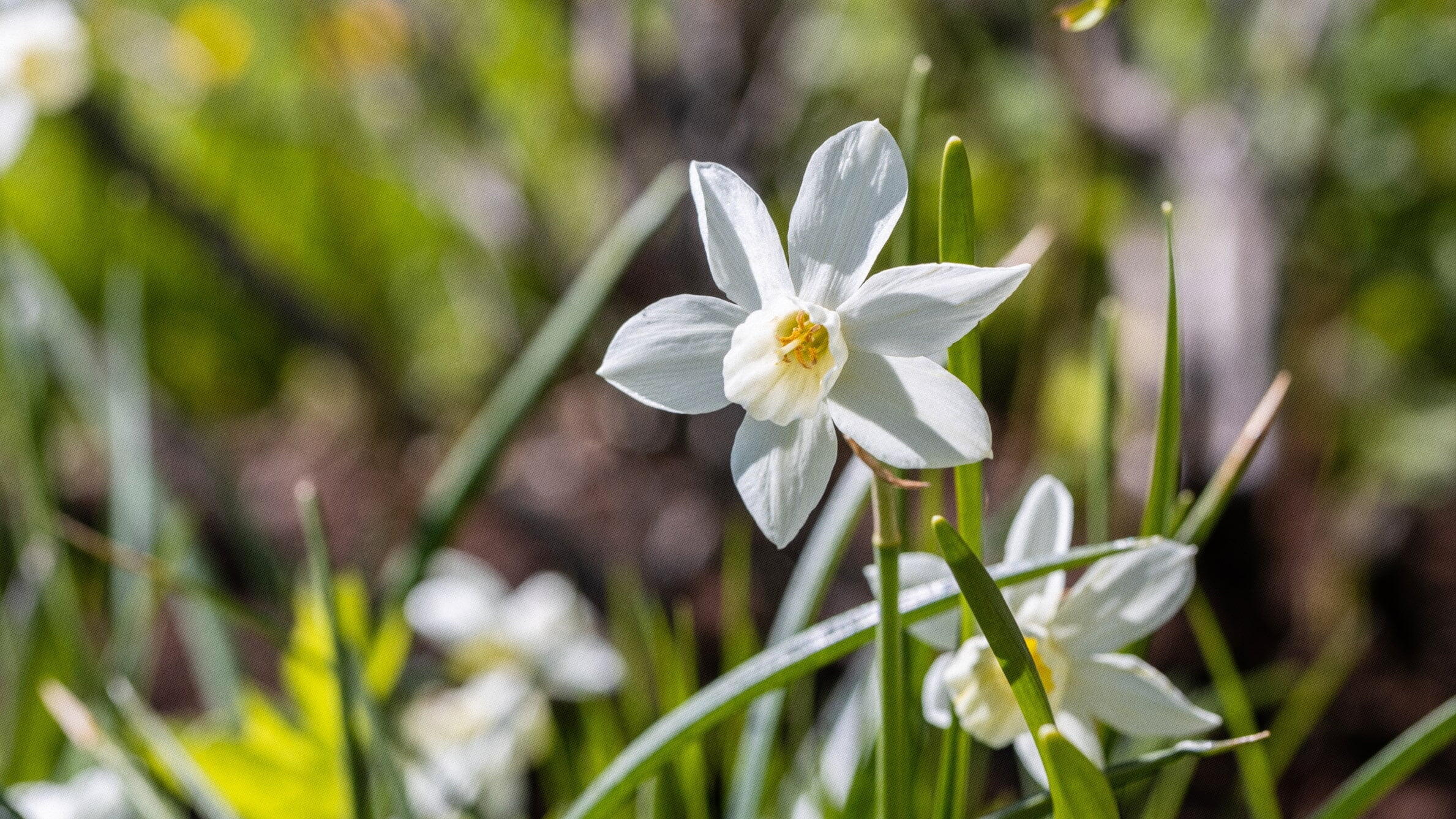
White narcissi, akin to numerous other blooms of this delicate colour, embody notions of earnestness, and innocence. They also stand as the emblem of hope, faithfulness, and unconditional love. Moreover, white flowers epitomise genuine intentions and the commencement of new journeys. Presenting these delightful blooms is a thoughtful gesture to congratulate on the arrival of a newborn, as well as to celebrate weddings or christenings.
Yellow narcissus flower meaning
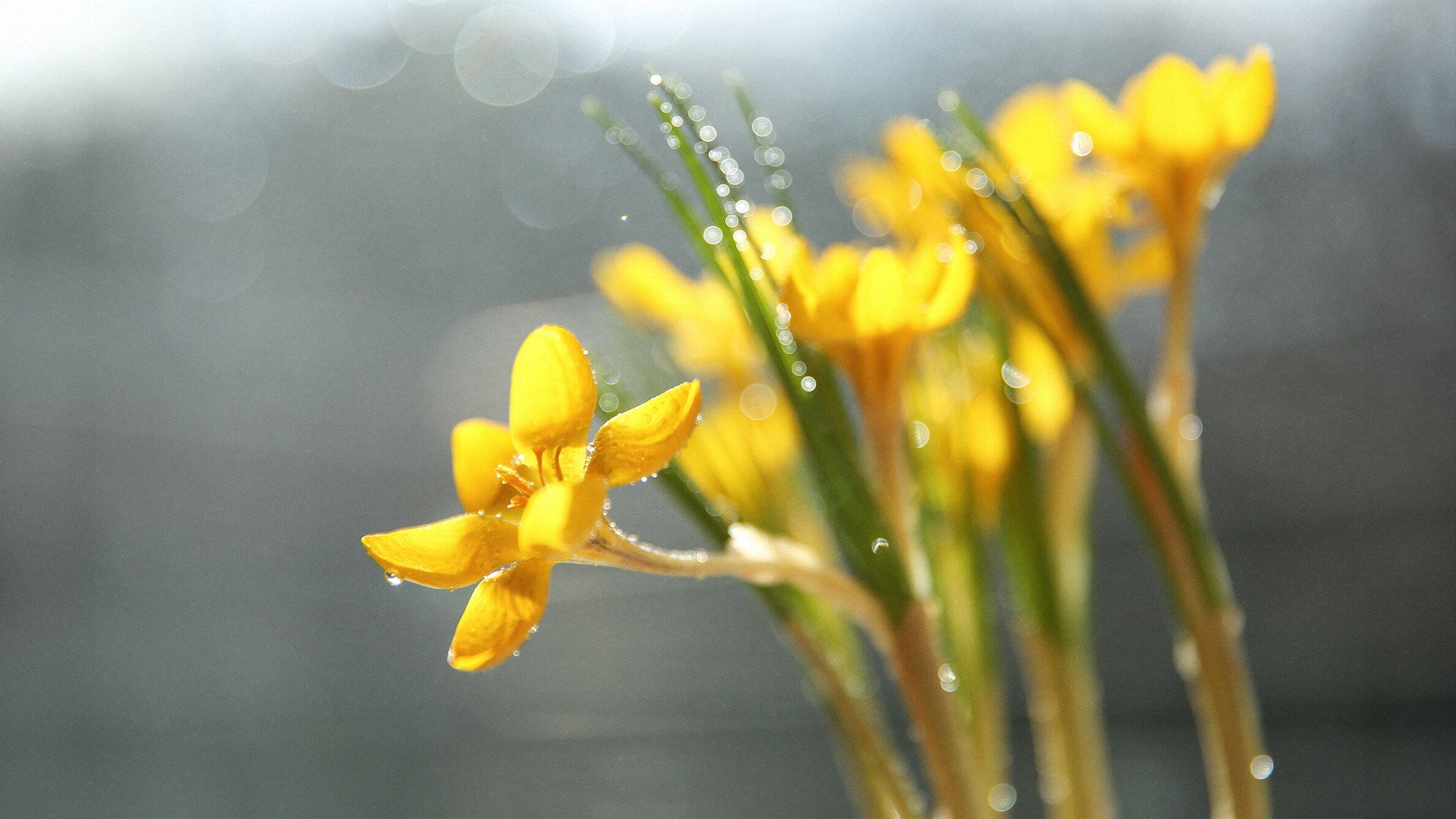
Yellow is widely recognised as the prevailing hue for narcissi. These bright blooms are traditionally associated with the notions of mirth, camaraderie, and abundance. Furthermore, these cheerful narcissi are a timeless emblem of positivity and happy chance. So if you aim to extend wishes of good luck and affluence or bring joy to those dear to you, presenting a bunch of yellow-hued narcissi would be a fitting choice.
Black narcissus meaning
Unfortunately, blooms of this exceptionally rare and exotic colour do not naturally occur in the wild or through cultivation. Nonetheless, the enthralling fantasy of this imaginary and enigmatic black flower, tied to concepts of mystery and transformation, has sparked inspiration among perfumers, writers and filmmakers. On a related note, there is a semi-cactus dahlia variety called Black Narcissus, which features deep burgundy blossoms with a subtle touch of pink at the centre.
Orange narcissus flower meaning

Orange narcissus flowers embody notions of well-being, courage, and creativity, making them an ideal selection to convey wishes for vigorous health or uplift someone's spirits. Narcissi in softer, peach hues serve as a poignant symbol of nurturing love.
Pink narcissus meaning
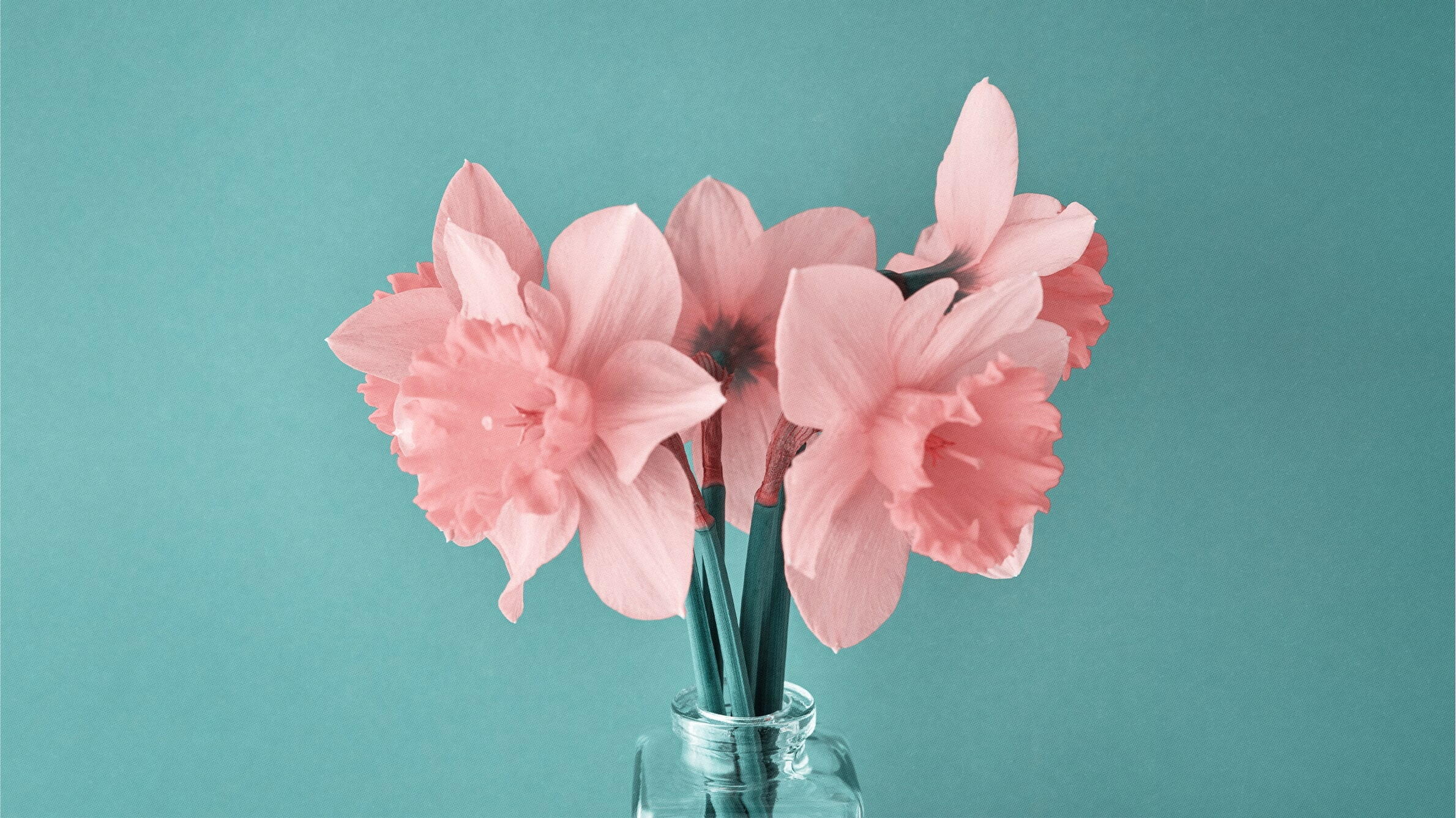
Pink blooms carry symbolic significance tied to femininity, tenderness, and grace. Furthermore, pink narcissi convey sentiments of gratitude and affectionate love. Meanwhile, flowers donning a livelier, red shade are emblematic of passion, energy, and strength.
Narcissus poeticus meaning
The beguiling Narcissus poeticus, renowned for its intoxicating odour, holds a notable position in the tapestry of mythology. It is likely that Carl Linnaeus, an eminent Swedish physician and biologist, employed this name to describe the plant because he was convinced that this particular flower served as the inspiration behind the Narcissus tale, passed down through various poetic customs over time.
Moreover, in Ancient Greece, the bloom became linked to the abduction of Persephone by Hades. In a particular version of the myth, she was seized and taken into the underworld while gathering these graceful flowers. This tale has given rise to an enduring custom to adorn graves with these blooms, embodying the concept that death is but a transient dream (the name of the flowers is etymologically linked to the term 'narcosis,' meaning 'benumbing' in Greek).
The cultural significance of Narcissus
The plant bears importance throughout diverse cultures, establishing connections with myriad concepts and themes. The narcissus flower's meaning in Korean culture extends to epitomising the virtues of mercy and sincerity, while in Japan, it traditionally epitomises merriment and spiritual purity. The narcissus flower's meaning in Chinese tradition intertwines with the notions of abundance, a stroke of luck and success; the bloom is tied to Chinese New Year and is commonly employed for festive adornments and presents.
In Western cultures, the paperwhite variety is a December birth flower. This narcissus, meaning devotion, renewal and hope, graces the winter season with its elegant blooms: paperwhites are commonly cultivated as indoor plants, often encouraged to flower around Christmas.
The narcissus, blooming perfectly timed for St. David’s Day, a significant event in Wales, serves as the national flower for this region of the United Kingdom. Moreover, numerous cancer organisations have adopted this gorgeous bloom as an emblem.
When to give narcissus flowers

These delightful blooms are versatile and suit various occasions admirably. White narcissi serve as an enchanting gift for weddings or christenings; they also convey heartfelt congratulations on the arrival of a newborn child or adoption. Opting for a bouquet of orange flowers is a thoughtful choice when wishing someone a swift recovery and robust health. Yellow blooms, in turn, make a considerate gesture to express encouragement for those you hold dear, accompanied by wishes for success and prosperity. For conveying sentiments of tender, affectionate love and unwavering devotion, consider a bundle of pink narcissi. When offering solace and condolences, the ethereal grace of all-white flowers extends a heartfelt message of sympathy and support.


